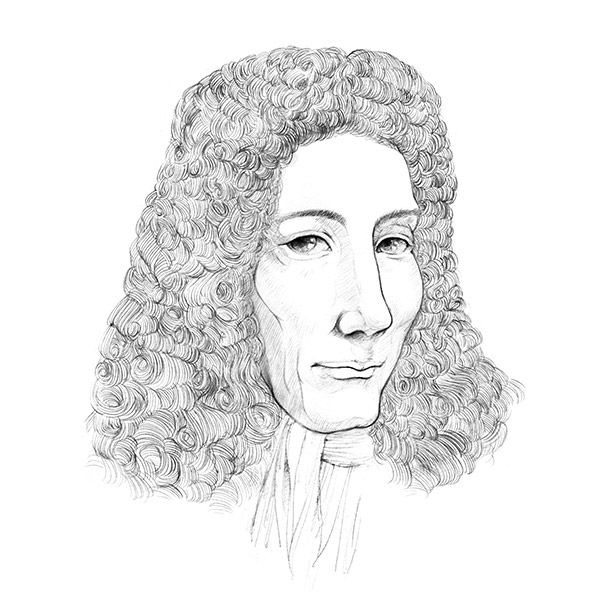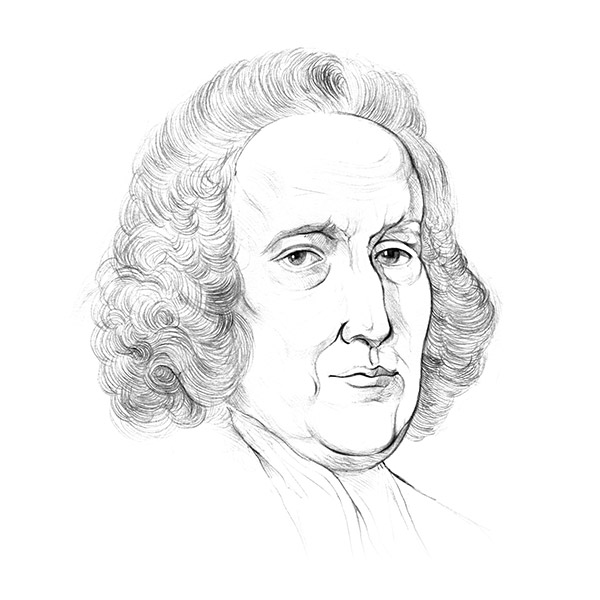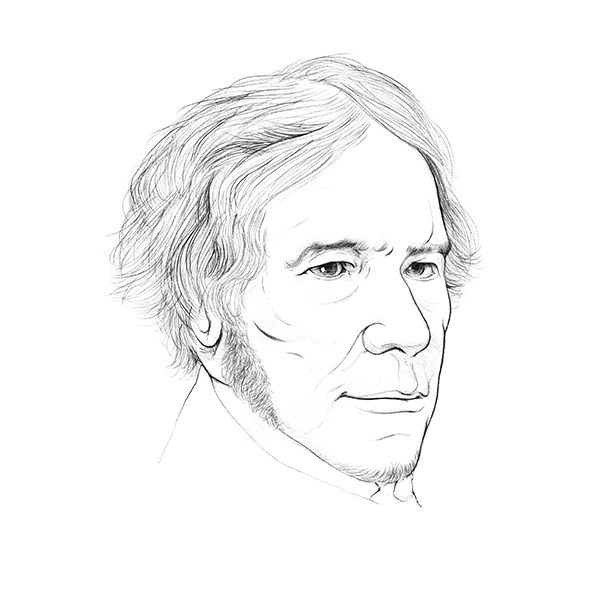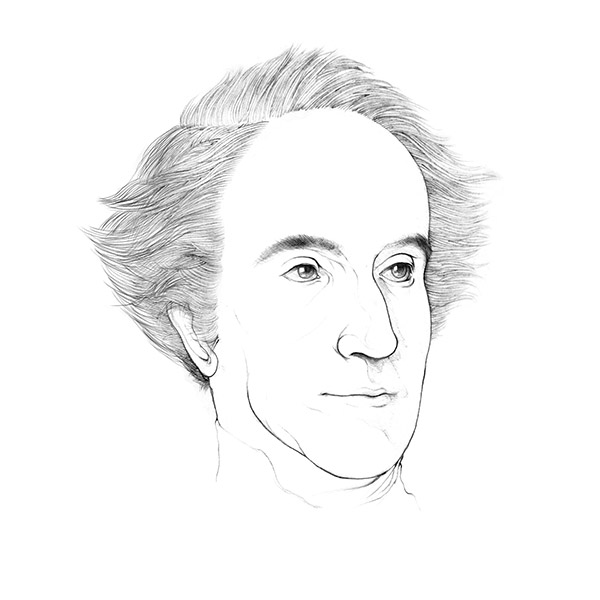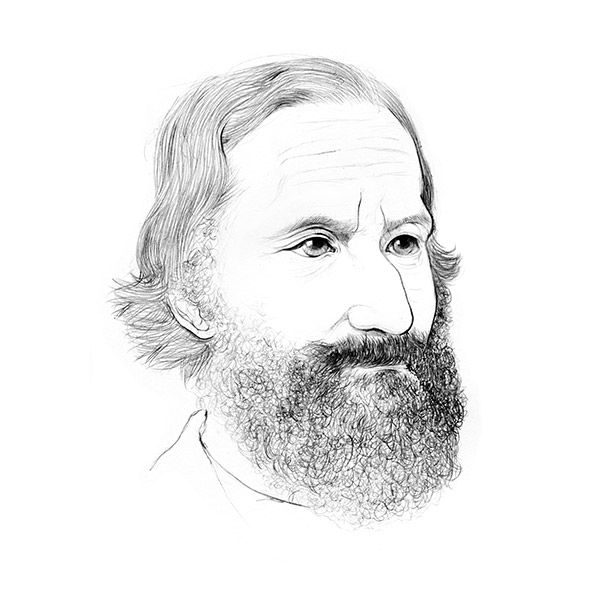Gustav Kirchhoff
1824-1887
Kirchhoff was born on March 12th, 1824 in Königsberg, Kingdom of Prussia. As a physicist who stressed on mathematical analysis and rigorous logical thinking, Kirchhoff made major contribution to electrical science and analytical chemistry. His early work main focused on electrical science, investigating electrical circuits and electrical current in conductors. In 1854, he joined University of Heidelberg as a physics professor, where he collaborated with Robert Bunsen (1811-1899) and established basic methods and theories for elemental analysis using spectroscopy around 1860. Kirchhoff died on October 17th, 1887 (aged 63) in Belin, Germany. His main contributions to science are:
In electrical science, discovered Kirchhoff’s circuit laws, which became the foundation for analyzing complicated circuits.
In analytical chemistry, collaborating with Bunsen, established spectroscopy as method to detect trace amount of chemical elements, discovered two new elements, cesium and rubidium.
In the physics of spectroscopy, discovered the basic law of the emission and absorption spectra, which became the foundation to study elemental composition of astronomical bodies. Kirchhoff used this law to determine the elements inside the Sun.
Coined the term “black body” radiation. Later in 1900 Max Planck’s research on black body radiation opened the first chapter of quantum mechanics.
Kirchhoff's Spectroscope
Above is Kirchhoff and Bunsen’s spectroscope described in Chemical Analysis by Spectrum-Observations published in 1860 (a photorealistic CG reconstruction can be found here). At that time, people known that when place certain substances over a flame, they changed the flame into difference colors. For the apparatus above, the flame was from a Bunsen burner because its low brightness and high temperature enhanced the emission of the substance of interest. The light emitted passed through a telescope with a slit and shined on a prism sit on a rotatable base. The prism was a transparent container filled with a liquid with a certain refraction index. By adjusting the rotation of the prism, separated lines of light with different colors could be observed with the telescope on the left. These lines were the spectrum of the substance. Kirchhoff and Bunsen found that elements such as lithium, sodium, and potassium all had their unique spectra. In addition, a very small amount of substance was needed to detect the existence of a certain element. At that time, this was a great leap in analytical chemistry. In addition, the spectroscope enabled two scientists to discover two new elements, cesium and rubidium. Later, spectroscopy became an important method of analytical chemistry.
Other Chemists



